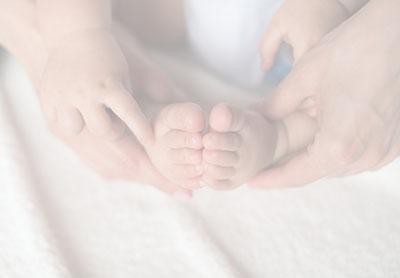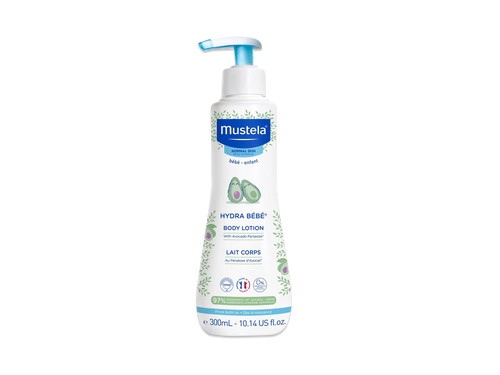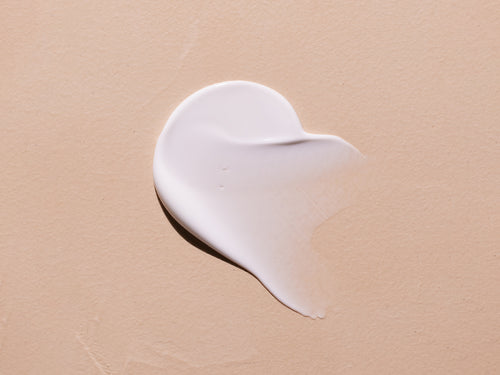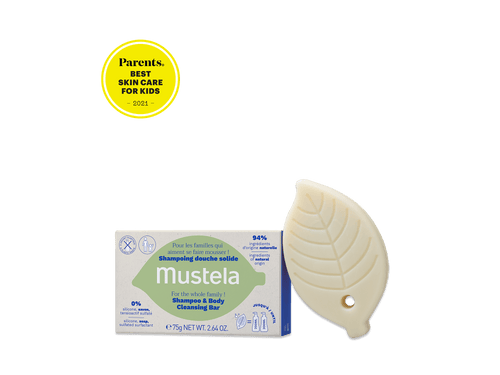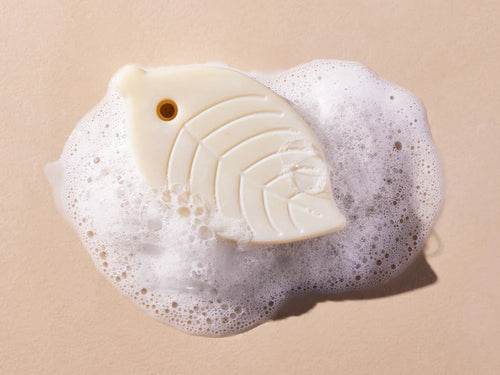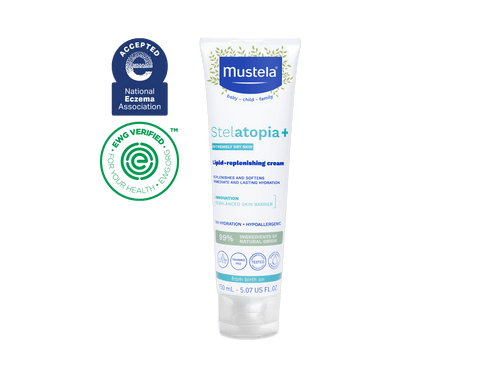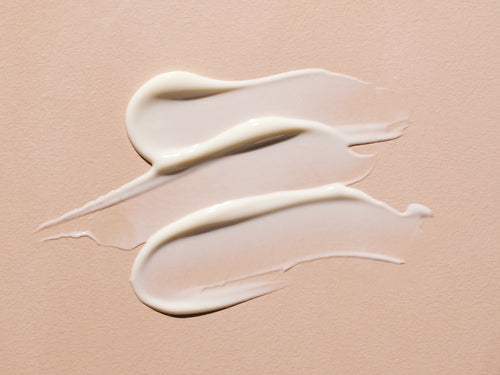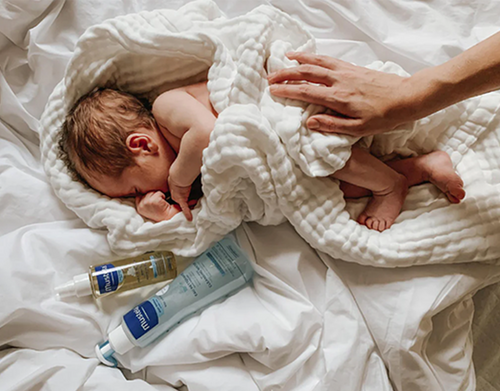The day your baby is born, his skin is brutally thrust into a completely new environment, which features the open air, lower temperatures, germs and many more things to which it is not yet accustomed. Fragile and immature, it also has the most incredible cell potential that must be protected. So special products need to be used when taking care of it. Find out more about it and get our tips on how to preserve all its original qualities.
SKIN STRUCTURE
Functioning as a protective envelope around our bodies, our skin is made up of three main layers: the epidermis, dermis and hypodermis.
- The epidermis is the uppermost layer of our skin. It is made up of several layers of cells referred to as keratinocytes. These cells start off life at the very bottom of the epidermis and then gradually move up to the uppermost layer of the skin. Once they arrive at the surface, they lose their nuclei, get filled with keratin and form what is known as the “corneal layer”. This is a semi-permeable shield made up of degraded keratinocytes (corneocytes) linked together by lipids and proteins complexes. The corneal layer serves as a barrier, protecting our bodies against outside attacks.
- The surface of the epidermis is covered with a mixture of perspiration and sebum referred to as the "hydrolipidic film”. This fatty substance keeps the skin moisturized and forms an antibacterial and antifungal barrier.
- Located beneath the epidermis, the dermis serves as a support structure, and is very important for the skin's firmness and elasticity. It contains elastin and collagen fibers, among other things.
- The hypodermis is the deepest layer of our skin. It is mainly made up of fatty cells - adipocytes - which protect our bodies against variations in temperature and form a protective mattress against the pressure to which our skin is subjected.
SPECIFIC FEATURES OF BABIES' SKIN
A baby's skin has the same structure as an adult's skin, but it does not yet have all of its functions. Fragile and not yet fully developed, it needs a good three years to strengthen so that it can properly perform its role as a protective barrier. Its delicate nature can be attributed to several factors:
- At birth, the skin's pH is close to neutral. Its pH gradually decreases, becoming more acidic into adulthood. This difference means that a baby's skin is more sensitive to infections and irritations.
- The hydrolipidic film is thinner in babies than in adults. So it is less effective at protecting the epidermis against drying out and dehydration. Your baby's skin is therefore much more vulnerable to attacks from the world around it.
- The baby's corneal layer is also more fragile. The corneocytes are not joined together so well, meaning that they are more permeable to outside factors and infections.
- The dermis is three times thinner.
- And relative to weight, the surface area of a baby's skin is between 3 and 5 times bigger than in an adult. This means that a substance that manages to penetrate the skin ends up being considerably more concentrated in the body – increasing the risk of toxicity.
New research carried out within the framework of aprogrammescientific studies led by Mustela has resulted in another major discovery about babies' skin.Itsextraordinarily rich fund of cells also differentiates it from the skin of an adult: it has a wealth of original cells that are at their maximum strength at birth, but extremely vulnerable during the first few years of life – the period during which the cutaneous barrier is being formed. This wealth of cells, which are fragile and remain unique throughout life, are a valuable resource for your baby's skin. As your baby grows and develops, it will restore and maintain his skin's overall equilibrium. It is therefore extremely important to protect it – to look after the qualities of your baby's skin, both today and for the future.
SUITABLE PRODUCTS
In order to compensate for the under-developed nature of your baby's cutaneous barrier while protecting its extraordinary potential, it's important to use special products which take its fragility into account, preserving its cellular wealth without irritating it.
Be careful when choosing dermo-cosmetic products for your baby: only choose hypoallergenic and high-tolerance products that have been specially formulated for babies' skin and which are designed to help strengthen their cutaneous barrier, protecting its cellular wealth against attacks from the outside environment. And never use your own personal hygiene products on your baby: they are too acidic, contain too much detergent and are unsuitable for fragile skin.


